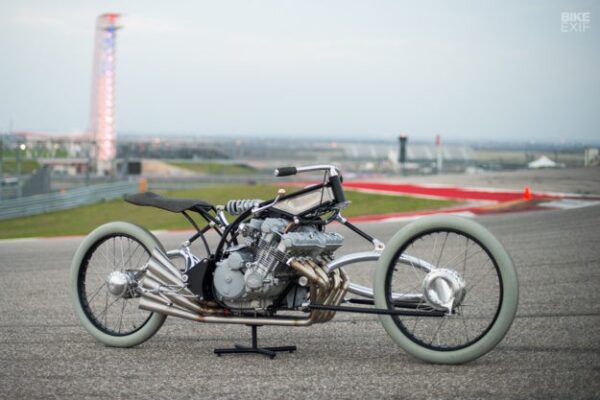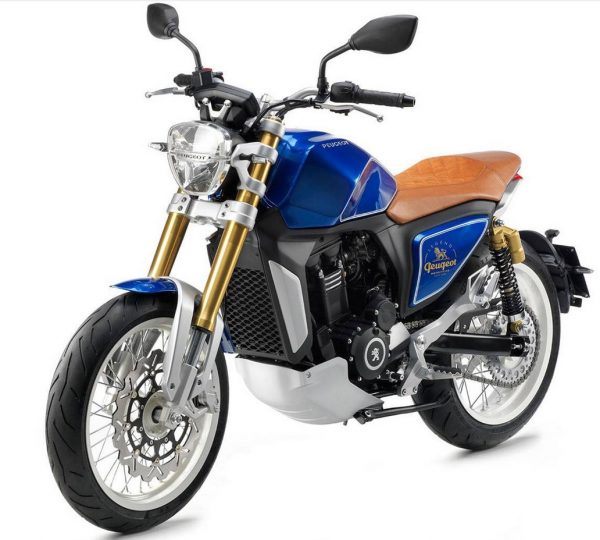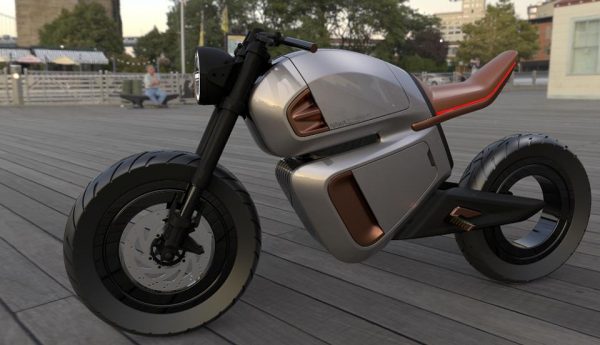What is Hub-center Steering Motorcycle & Why it is Better
by Todd Halterman from https://www.autoevolution.com Hub-center steering is one of several different types of front-end suspension and steering mechanisms used in motorcycles and cargo bicycles. It is essentially a mechanism that uses steering pivot points inside the wheel hub rather than a geometry that places the wheel in a headstock like the traditional motorcycle layout. Perhaps the most venerable example of the idea came in the form of the 1930 Majestic. This Georges Roy design used a novel pressed-steel monocoque chassis, and it incorporated an automotive-type chassis with hub-center steering. Other bikes had already used the configuration in such machines as the Ner-A-Car and the Zenith Auto-Bi, but the Majestic made it lovely to behold. Another bike, the Vyrus 984 C3 2V Razzetto, was one such motorcycle that used hub-center geometry. Vyrus is a small Italian motorcycle manufacturer based in Coriano, Italy, and their bikes such as the “Tesi” – Thesis in Italian – had their designs originate from a university engineering project linked to the motorcycle legend Massimo Tamburini. The Tesi, and the Vyrus 984, were instantly identifiable by their use of their hub-center steering front suspension and steering arrangement. Those fabulously expensive bespoke motorcycles have been called “functional works of art,” and they look a bit like something you might see in a video game. In hub-centered bikes, the front wheel is attached to a swingarm with a shock and an internal pivot point. Steering is achieved using those linkages to turn the wheel on a pivot point. Hub-center steering has been employed on motorcycles for more than a century, but the design, despite what some engineers say offers a distinct advantage, never took hold. But the founder of Vyrus, Ascanio Rodorigo, once worked for Bimota as a race mechanic and engineer during the 1970s and his tenure […]
What is Hub-center Steering Motorcycle & Why it is Better Read More »




